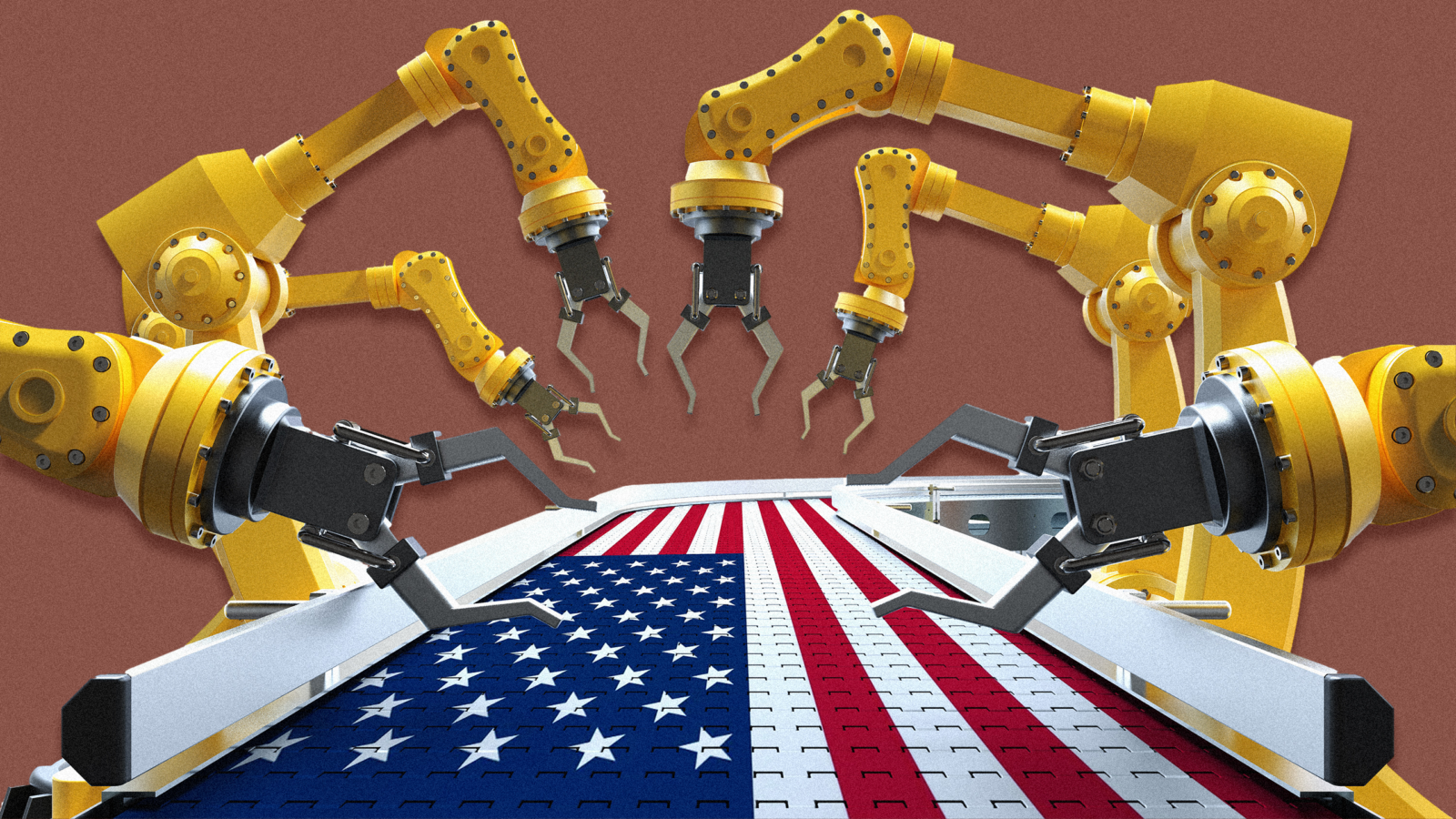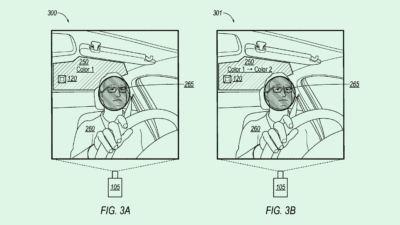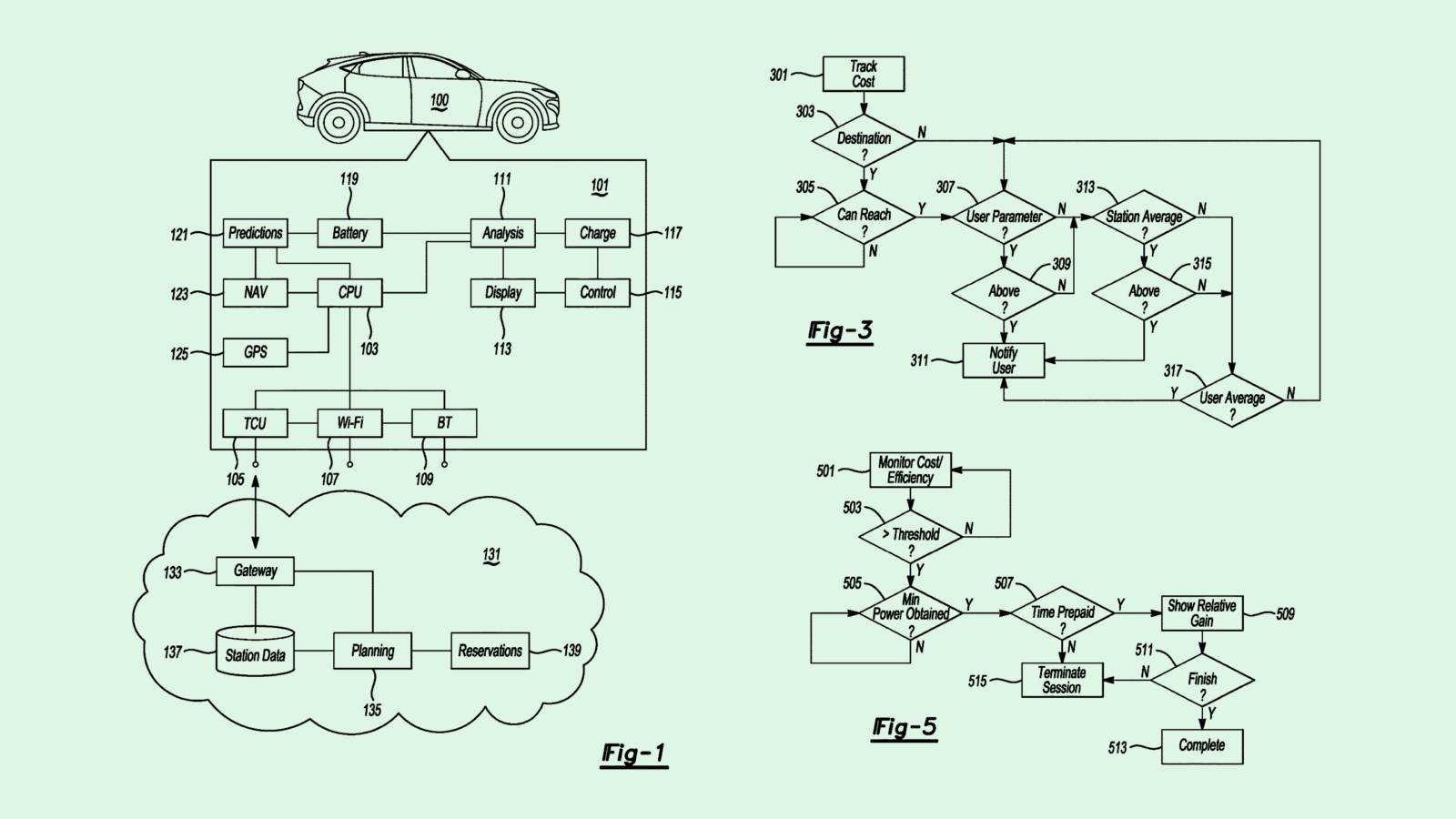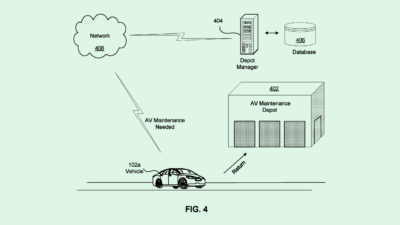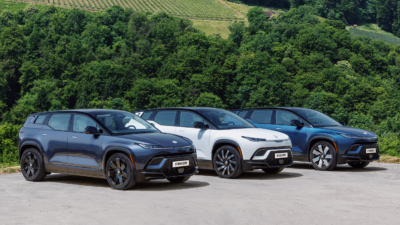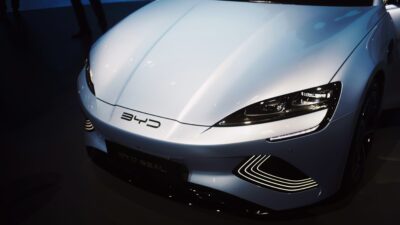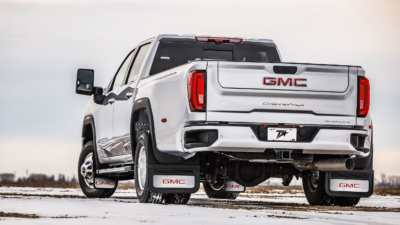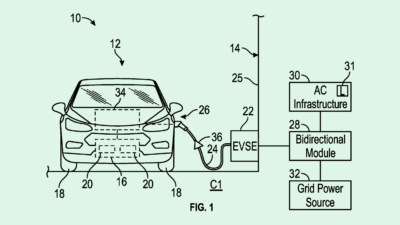Ford
-
Manufacturing Discontent: Can Tariffs Spur Domestic Reindustrialization?

Photo illustration by Connor Lin / The Daily Upside, Photo by Thomas Soellner via iStock
Get More Than News. Get Insights.
Our daily email brings you smart and engaging news and analysis on the biggest stories in business and finance. For free.
-
Ford EV Slowdown Signals a Market “Inflection Point”

Photo via U.S. Patent and Trademark Office
-
Ford Patent Signals Privacy Problems with Connected Vehicles

Photo via U.S. Patent and Trademark Office
